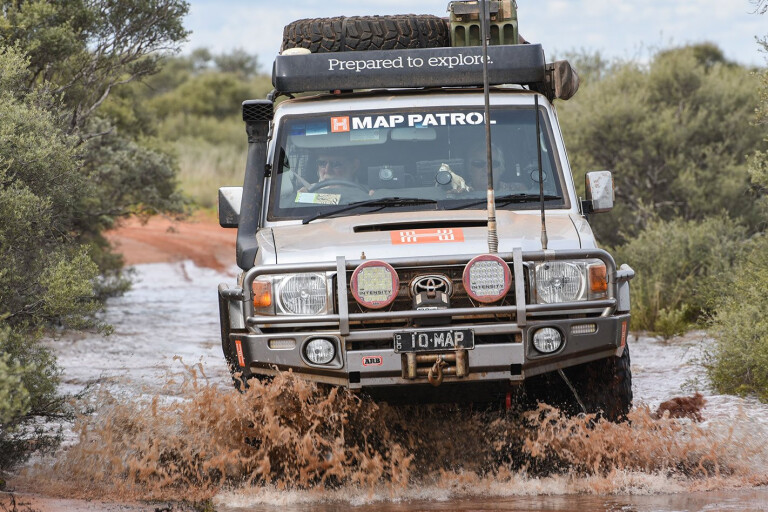
AS YOU cruise up Tanami Road on the way to the Kimberley from Alice Springs, or vice versa, it’s easy to miss the non-descript road with its desultory signpost pointing westward.
On this latest trip, after two months in the Kimberley mapping and gathering information for the next edition of Hema Maps’ Kimberley guide, we were heading south along Tanami Road, which was just a little short of a smooth bitumen highway. We fuelled up at Yuendumu and grabbed some supplies in the relatively new and well-stocked shop run by Outback Stores, and then found the sign-posted road to the Nyirripi (on some maps it’s spelt Nirrippi) Aboriginal Community.
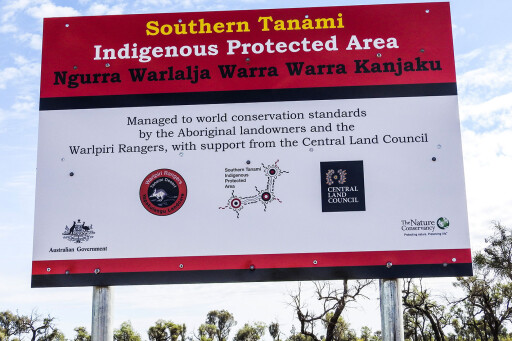 Just south along this road there’s a lengthy detour that takes you past the borefield that supplies Yuendumu with fresh water, before joining with the original route once more. Turning onto the road sign-posted ‘Papunya’ our route swung directly south, with the tall, distinctive peak of Central Mt Wedge acting like a magnetic beacon drawing us towards it.
Just south along this road there’s a lengthy detour that takes you past the borefield that supplies Yuendumu with fresh water, before joining with the original route once more. Turning onto the road sign-posted ‘Papunya’ our route swung directly south, with the tall, distinctive peak of Central Mt Wedge acting like a magnetic beacon drawing us towards it.
This route – as do all the roads and tracks nearby – passes through the Southern Tanami Indigenous Protected Area (IPA), which was declared in 2012 and covers more than 10 million hectares of desert country. The IPA stretches from about 300km north of Yuendumu to south of Nyirripi; then westward from east of Yuendumu to the NT/WA border. Monitored and managed by the Warlpiri Rangers, it is the largest protected area in Australia and is an important home to endangered native birds and animals, including the bilby.
 The Newhaven Wildlife Sanctuary – our destination – sprawls across more than 260,000ha of arid but diverse landscapes and was, up until the year 2000, a working cattle property, albeit conservatively managed by the owners who had it under their stewardship for more than 40 years. Procured by Birdlife Australia, it is now jointly managed by them and the Australian Wildlife Conservancy (AWC).
The Newhaven Wildlife Sanctuary – our destination – sprawls across more than 260,000ha of arid but diverse landscapes and was, up until the year 2000, a working cattle property, albeit conservatively managed by the owners who had it under their stewardship for more than 40 years. Procured by Birdlife Australia, it is now jointly managed by them and the Australian Wildlife Conservancy (AWC).
How to plan food for a 4x4 trip
The property is currently the focus of the planet’s largest feral cat eradication project, where the first stage will see a 15,000ha fenced area established to create refuge for wild populations of some of our country’s most threatened species including the mala (rufous hare-wallaby), the golden bandicoot and at least eight other rare and endangered species. In all, the property has already recorded 171 bird species, 74 reptiles, 21 mammal species and six amphibians – and with the amount of water in recent times, you might expect to find a few more finny inhabitants.
For outback travellers the sanctuary offers pleasant camping, respite from the stresses of the modern world, fabulous birdwatching, diverse wildlife, magical walking trails and enjoyable 4WD tracks. Two short walks begin close to the camping area – one through mulga woodland and the other to the top of Lookout Hill. The peak provides great views over the surrounding country, and on a clear day you can see the Siddeley Ranges located some 37km away to the east, and Mt Liebig positioned 65km away to the south in the Amunurunga Range.
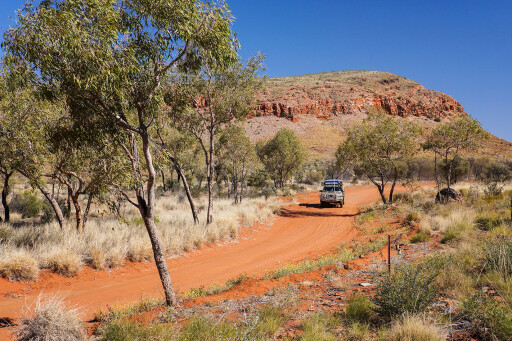 There are six self-drive routes on the property, and while we were there we enjoyed most of them. The Lakes Tour is a 50km round trip that takes in some of the many small lakes in the region and culminates in a short walk over an ephemeral creek to the top of a dune overlooking the vast expanse of the biggest lake in the area, Lake Bennett. There was so much water even the smaller lakes we passed had water in them – water was even flowing across the track at a couple of points. The Dunes Tour is a 40km return trip that takes you south from the camping area, through a patch of red dune country and a scattered forest of delightful desert oaks, before finishing on the eastern edge of Lake Bennett.
There are six self-drive routes on the property, and while we were there we enjoyed most of them. The Lakes Tour is a 50km round trip that takes in some of the many small lakes in the region and culminates in a short walk over an ephemeral creek to the top of a dune overlooking the vast expanse of the biggest lake in the area, Lake Bennett. There was so much water even the smaller lakes we passed had water in them – water was even flowing across the track at a couple of points. The Dunes Tour is a 40km return trip that takes you south from the camping area, through a patch of red dune country and a scattered forest of delightful desert oaks, before finishing on the eastern edge of Lake Bennett.
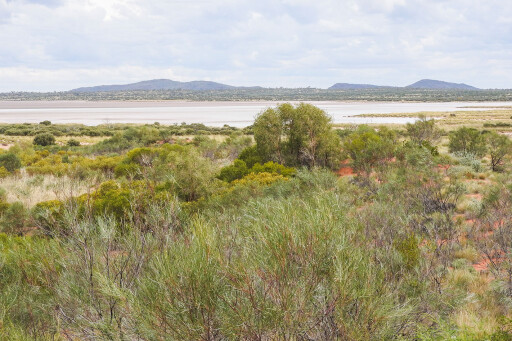 The country in the Home Range, known to Europeans as Potato Gorge, is also enjoyable. The drive takes you along the edge of the range and then deep into its rocky heart, where a short walking trail leads up into an ever-narrowing gorge. With water around there were a lot of birds when we visited, including zebra finches and spinifex pigeons.
The country in the Home Range, known to Europeans as Potato Gorge, is also enjoyable. The drive takes you along the edge of the range and then deep into its rocky heart, where a short walking trail leads up into an ever-narrowing gorge. With water around there were a lot of birds when we visited, including zebra finches and spinifex pigeons.
How to keep safe when stranded in the outback
Longer drives take you along the Yaripilangu Range, the Siddeley Range, and west to Mount Gurner and Dingo Hill. Getting out of the vehicle and taking a walk at any or all of these places will enhance the experience, but remember to protect yourself from the sun and take water with you.
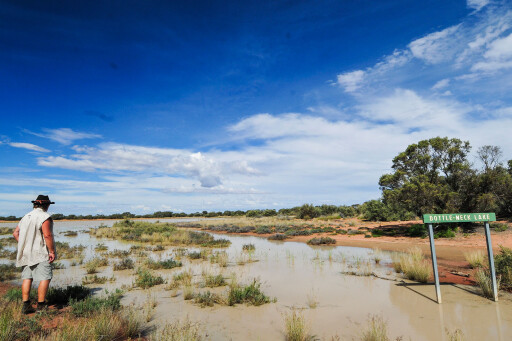 On our most recent trip we spent four days at Newhaven and could have easily stayed for longer. You’ll probably feel the same.
On our most recent trip we spent four days at Newhaven and could have easily stayed for longer. You’ll probably feel the same.
TRAVEL PLANNER
NEWHAVEN Sanctuary is 355km from Alice Springs, most of the way being on dirt roads which are sometimes very rough.
Unpowered campsites are available, with showers, toilet facilities and drinking water. Camping is only available between April and September, and costs are very reasonable. Bookings are essential: Phone (08) 8964 6000.
For more details: www.australianwildlife.org/sanctuaries/newhaven-sanctuary.aspx

COMMENTS